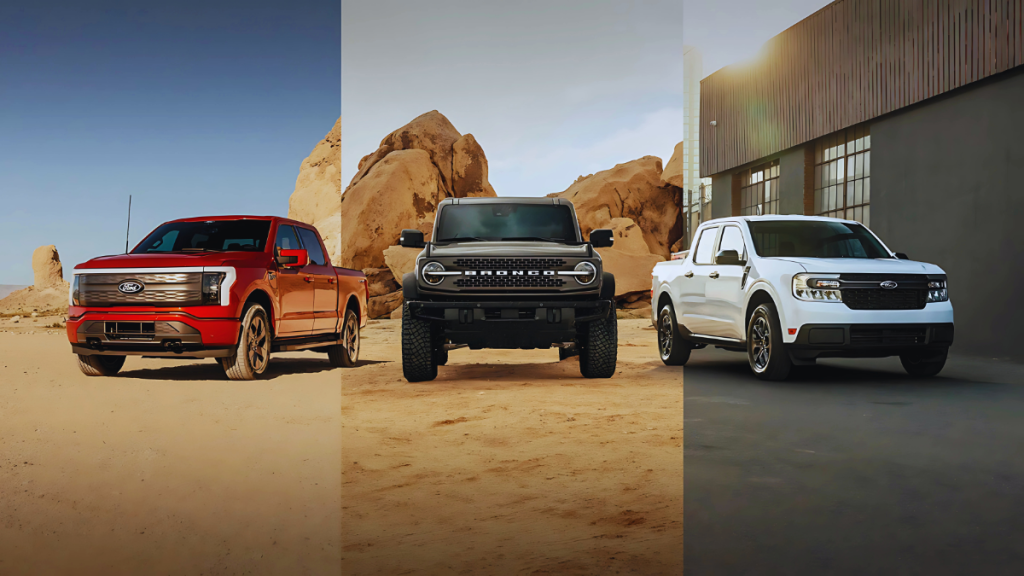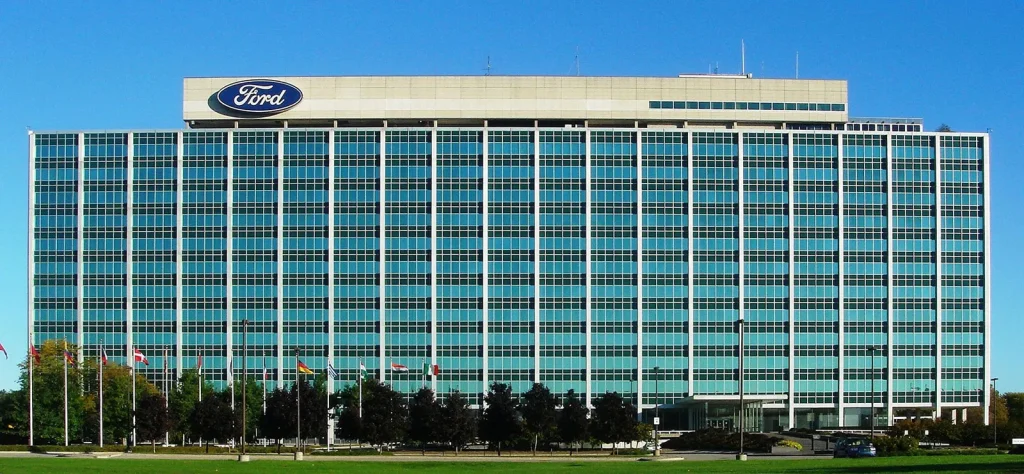
Introduction: The Unseen Flaws Behind the Glamour
In the world of beauty, perception is everything. But what happens when a powerhouse like Sephora, praised for innovation and choice, forgets the very essence of what makes beauty beautiful?
Years ago, Sephora made a misstep. It wasn’t about product pricing, packaging, or even placement. It was deeper. It ignored something fundamental: the authenticity and diversity of beauty itself.
This is the story of how Sephora missed the mark—and how a radical, doubted idea nobody believed in turned into one of the most powerful pivots in beauty industry history.
The Early Sephora Philosophy: Beauty in a Box
When Sephora entered the beauty retail space in the late ’90s, it turned heads with its sleek, open-sell concept. No locked counters. No pushy sales reps. Just endless aisles of products you could touch, test, and try. Revolutionary, right?
Yes—but only on the surface.
Sephora’s early business model was heavily product-centric. Beauty was sold in predefined boxes—literally and metaphorically. Foundations came in 10 shades. Lipsticks mirrored Eurocentric trends. Marketing was aspirational but homogenous. It felt empowering to some—but invisible to many.
The unspoken message? Beauty had boundaries.
The Ignored Essence of Real Beauty
Real beauty isn’t bottled. It’s not pixel-perfect. It’s not limited by age, skin tone, gender, or identity. Yet, in its rise to global dominance, Sephora—like many brands—focused too much on aesthetics and not enough on authenticity.
For years, the true essence of beauty—self-expression, culture, identity, and confidence—was marginalized.
You couldn’t find foundation for deeper skin tones. Age-inclusivity was missing. There was no visible space for non-binary beauty, acne-positive influencers, or real people with real stories.
This ignorance wasn’t malicious—it was structural. Sephora simply wasn’t listening.
When Diversity Was an Afterthought
Despite marketing messages about “empowerment,” Sephora was still operating in a narrow definition of who gets to feel beautiful.
- Shade ranges catered to lighter skin tones
- Beauty campaigns rarely featured models outside the mainstream
- Product recommendations were algorithmic, not emotional
- Loyalty programs rewarded spending, not engagement or inclusion
And then… the world changed.
Social media gave voice to people left out of the conversation. Fenty Beauty launched and exposed just how limited shade ranges really were. Hashtags like #BlackGirlMagic and #TransIsBeautiful gained traction. The public demanded more.
Sephora couldn’t afford to stay quiet anymore.
The Backlash: What Went Wrong?
Between 2015 and 2018, Sephora faced mounting criticism.
• Limited Representation in Stores
Customers noticed that while shelves were stocked, they weren’t representative. Brands for Black skin? Minimal. Trans-inclusive products? Rare. Staff trained in textured hair care? Almost nonexistent.
• The 2019 SZA Racial Profiling Incident
R&B artist SZA was racially profiled at a Sephora store in California. It sparked national outrage—forcing Sephora to publicly reckon with its internal culture and practices.
• The Rise of Indie and Inclusive Brands
Beauty startups like Beauty Bakerie, UOMA Beauty, and Mented began eating into Sephora’s market—offering what Sephora didn’t: real representation and product alignment with underserved groups.
Suddenly, Sephora looked outdated.
The Unbelievable Idea That No One Supported
Amid the criticism, one idea floated internally that seemed too rad
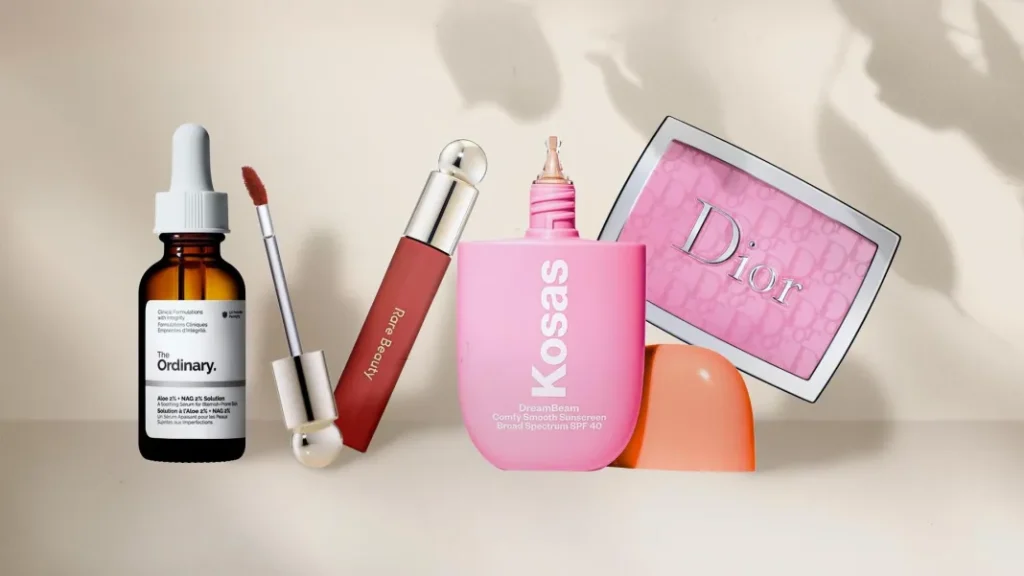
cal at the time:
“What if we stop focusing on selling products—and start selling purpose?”
Executives hesitated. Investors balked. “Purpose over profit” sounded great on paper—but in a shareholder world? Risky.
The idea was to rebuild Sephora’s brand around true inclusion, empathy, and authenticity. Not just in marketing—but in the DNA of the business.
Few believed it would work. But someone pushed it through.
The Turning Point: Listening to the Unheard Voices
It started small.
Sephora launched We Belong to Something Beautiful, a bold campaign featuring queer, disabled, elderly, plus-size, and non-binary models.
But this wasn’t just a PR move. They did the hard work too.
- Conducted employee bias training company-wide
- Paused operations for a national inclusivity training day
- Audited every product category for inclusive gaps
- Invested in BIPOC- and LGBTQ+-founded brands
- Partnered with advocacy groups for marginalized voices
This wasn’t noise. This was action.
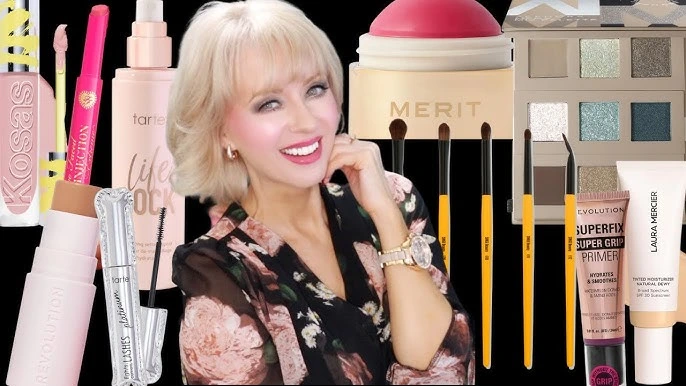
Beauty for All: Sephora’s Realization and Revolution
From 2020 onwards, Sephora began rebuilding trust. But this time, the foundation wasn’t mascara or lip gloss. It was:
- Accountability
- Transparency
- Community-led innovation
They partnered with the 15% Pledge, committing to stock at least 15% of shelf space with Black-owned brands.
They overhauled their shade-matching technology using diverse AI data—not biased algorithms. They hired inclusivity experts. They started featuring real people—not models—in tutorials.
It wasn’t about looking woke. It was about being human.
Redefining Retail with Inclusivity
Sephora redesigned their in-store experience.
- Gender-neutral sections
- Multilingual staff training
- Skin tone sensors for all ranges
- Visual merchandising that celebrated cultural diversity
They created “Sephora Squad,” a creator program that prioritized authentic storytellers over influencers. Acne-scarred teens, cancer survivors, and Muslim hijabi makeup artists—all found a home here.
For the first time, Sephora wasn’t just selling products. They were selling belongings.
Sephora’s Shift to Purpose-Driven Branding
What do today’s consumers want?
Trust. Authenticity. Emotional connection. Purpose.
Sephora shifted from transactional marketing to transformational branding.
- “We see you.”
- “You are beautiful—without changing.”
- “We support your journey, not just your looks.”
Their campaigns started aligning with social movements—not trends. They supported BLM, Pride, Mental Health Awareness, Indigenous heritage, and more.
Beauty wasn’t an escape anymore—it was empowerment.
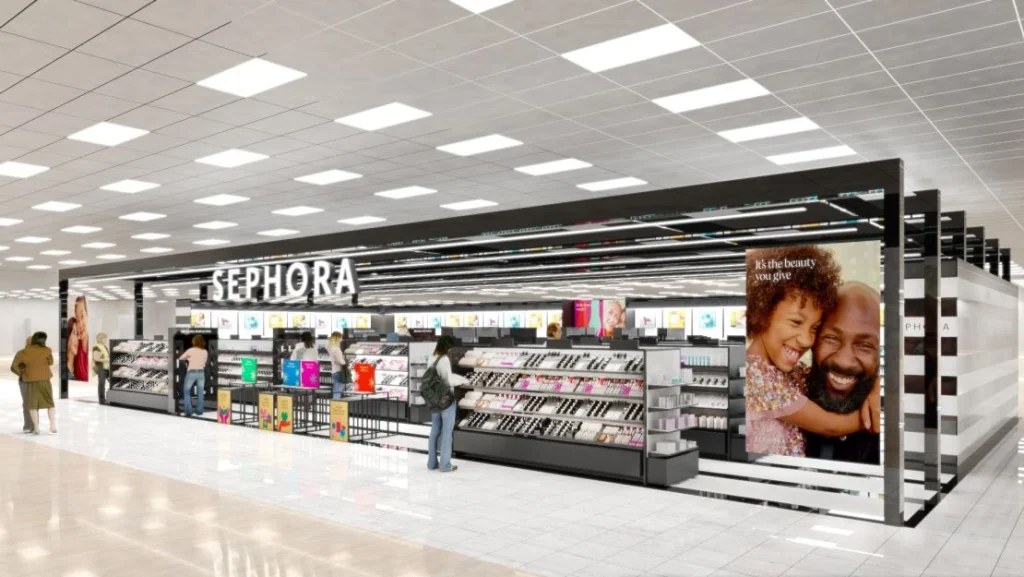
Omnichannel Brilliance: From Online Cart to In-Store Heart
Sephora didn’t just pivot socially—they pivoted digitally too.
They created
- Virtual shade matching with diverse undertones
- Online chat support with inclusive language
- AI-powered recommendations using real human data
- Community reviews filtered by skin tone, age, gender identity
They even allowed inclusive profile customization, so customers could label their identity and get better product matches.
Online or offline—Sephora now met people where they were.
Community Over Commerce: Sephora’s Loyalty Renaissance
The old loyalty model? Points = purchases.
The new loyalty model? Belonging = loyalty.
The Beauty Insider Program transformed:
- Bonus points for supporting inclusive brands
- Early access to diversity spotlight events
- Free workshops on self-love, wellness, and cultural beauty
- Celebration rewards for personal milestones
Customers stayed not because of discounts but because they felt seen.
Personalization that Feels Personal
Using deep personalization and predictive analytics, Sephora reinvented its UX:
- Product suggestions by melanin depth, age group, culture-based needs
- Curated boxes for Hijab-friendly, sensitive skin, men’s skincare, neurodivergent-friendly routines
- Seasonal marketing based on global cultural calendars, not just Christmas or Valentine’s
It wasn’t mass marketing anymore. It was soul marketing.
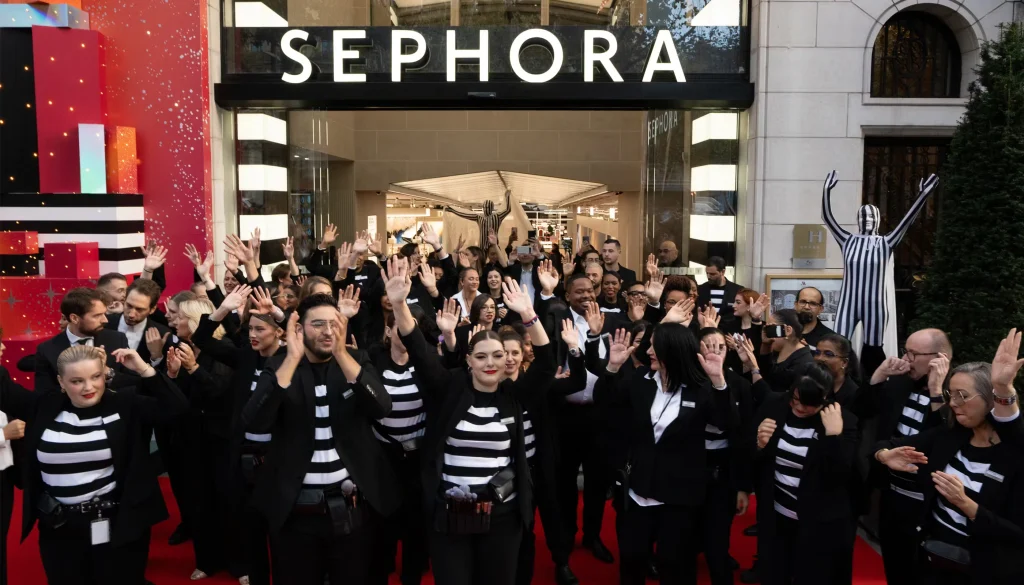
Beauty Advisors or Beauty Therapists?
Sephora’s staff became more than sellers—they became listeners.
Training included:
- Empathy coaching
- Cultural sensitivity
- Gender-affirming practices
- Mental health literacy
In-store, shoppers now experience conversations like
“How do you want to feel today?”
“What does beauty mean to you this week?”
It changed everything.
The New Sephora: Where Realness Sells
Fast forward to today, and Sephora is one of the most inclusive, human-centric retailers globally.
Their success isn’t just in revenue—
though that’s booming. It’s in impact.
They flipped the narrative from aspiration to affirmation.
From flawless to fearless.
From exclusive to inclusive.
What once looked like ignorance… turned into innovation.
Key Takeaways: The Secret Sauce of Their Success
✔️ Acknowledge the blind spots
✔️ Center real people, not idealized versions
✔️ Align brand values with customer identities
✔️ Innovate beyond product—into purpose
✔️ Let community drive change
Sephora realized that beauty isn’t about perfection—
it’s about permission to be yourself.
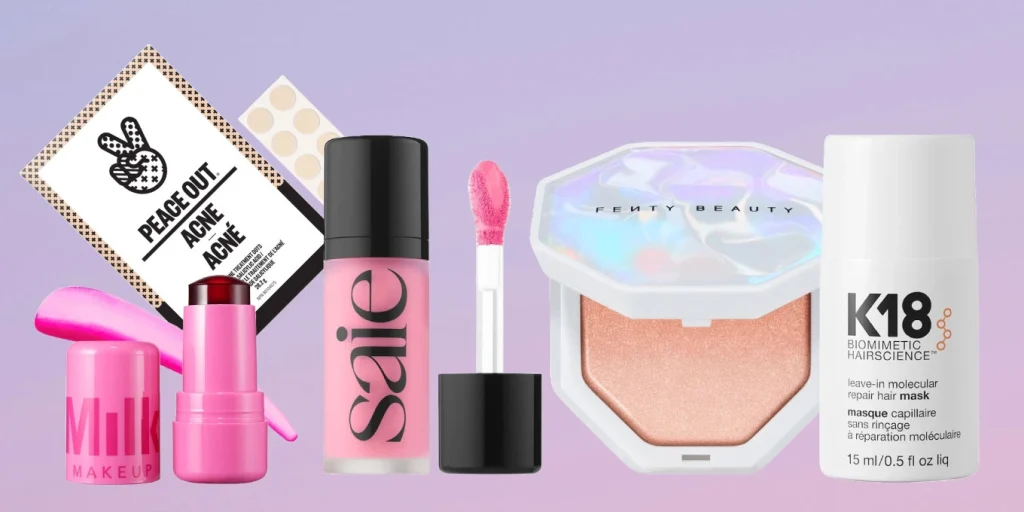
What Brands Can Learn From Sephora’s Wake-Up Call
Most brands think selling more SKUs is innovation.
Sephora proved that selling more meaning is what scales.
If your customers don’t see themselves in your brand, they won’t see your brand at all.
Inclusivity isn’t a box to check. It’s a lens to build from. Start there, and the loyalty will follow.
Final Thoughts: Beauty Is More Than What You Sell
Nobody believed that shifting focus from glam to genuineness would work.
But Sephora proved it could—and did—reshape the entire beauty industry.
In a world of filters, algorithms, and artificial perfection…
Sephora chose humanity.
And that? That was the most beautiful decision they ever made.

